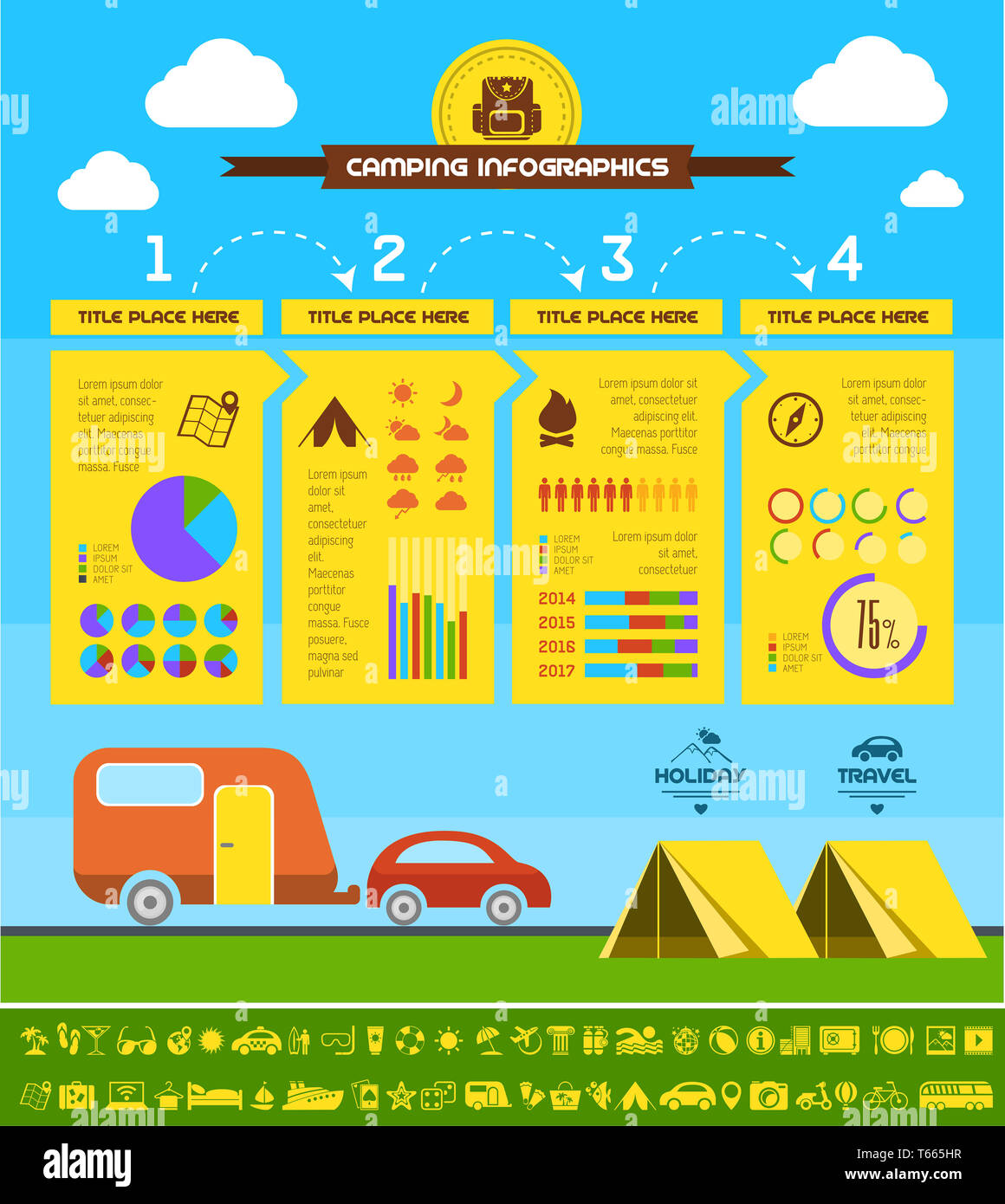Casting A Bigger Net Through Selling Camping Tents Online
Casting A Bigger Net Through Selling Camping Tents Online
Blog Article
The Background of Bell Tents
The conical shape of a bell outdoor tents makes it one of one of the most successful shelter designs in history. Understood by several names, including the Tipi, Chum, Goahti, Lavvu, or Nentsi, these single-pole cotton canvas camping tents were created with functionality in mind.
What are the types of camping?
Their simpleness and ease of assembly made them perfect for societies on the move. This very same capability stood out of entertainment campers, that soon incorporated short walls to create a traditional camping tent style that we now referred to as the Bell Outdoor tents.
Beginnings
Bell camping tents are an attempted and checked type of immediate accommodation. Their spacious interiors and practical design-- they are sturdy, easy to set up and can hold up against solid winds as a result of their famous bell form-- have actually made them a prominent choice for camping and glamping.
The modern bell tent traces its origins back to a 19th century army outdoor tents made by Henry Sibley. He adapted the style of the American Indian tipi to create his unique outdoor tents which was after that embraced by the army for use in armed forces camps and expeditions.
The principles of this outdoor tents-- tough and hard canvas offering a home-away-from-home for visitors-- have been refined with time to suit the requirements of contemporary campers. For example, modern glamping tents use features such as rugs and beds to enhance the convenience of campers. These functions likewise help to keep the honesty of the original layout and secure against the elements.
Army Usage
In the 19th century, bell camping tents were first used as army field shelters. They were a popular selection due to the fact that they were durable, large, and simple to set up. Today, these outdoors tents are preferred among campers and glampers for their stylish and sensible style.
They are also extensively utilized in military and rescue procedures, where quick deployment is vital. Their easy framework indicates that they can be set up in a brief quantity of time, giving employees even more time to focus on the goal available.
The bell tent is generally made from a durable and weatherproof canvas, with a centre pole that's sustained by a series of fixes. Period prints show that these outdoors tents were shaped extra like a cone than a squat structure, and the wall surfaces were little in relation to the elevation of the center pole. This permitted them to endure wind and rainfall. They were usually utilized by the ANZAC troops on their explorations across Europe and Gallipoli.
Glamping
Glamping is a contemporary outdoor pastime that has come to be progressively preferred. People from all walks of life are trying to find a way to take pleasure in the great outdoors comfortably and style. Whether it's an enchanting trip or a family members camping journey, a good quality outdoor tents can make all the difference.
A bell outdoor tents's round shape aids with stability in gusty conditions, while its large interior can suit many people. It is additionally easy to establish, requiring only a main pole and a cone-shaped canvas roof covering that stargazer tent settles into a vast base.
The bell camping tent was invented by Henry Hopkins Sibley, an US Military soldier who offered on the Texas frontier in the 1850s. He took inspiration from tipis he saw, and established a design that was durable and conveniently transportable. His camping tent was patented in 1856.
Contemporary Usage
Today, bell tents are a staple in shop outdoor camping sites, event accommodations, and as sophisticated exterior shelters for wedding celebrations or retreats. Their elegant, classic designs mix practice with modernity, making them a favorite among those seeking distinct and comfy accommodations that are both aesthetically attractive and remarkably easy to set up.
The modern-day bell tent traces its beginnings back to traditional tents utilized by nomadic people in Northern Europe, but experienced its heyday around the 19th century when canvas changed animal hides as the primary material. This modification, incorporated with a useful style that focuses on headroom, saw the development of a preferred army field shelter and, in the future, the legendary tent we know as the bell.
In the 1850s, a United States Military soldier named Henry Hopkins Sibley created the very first modern-day bell tent. Drawing motivation from the tipis he had actually seen on the Texas frontier, his brand-new tent utilized a single main post and vents to develop a structure that was both durable and quickly mobile.
Are wall tents waterproof?
